Pin on BPM Festival
17 Best images about Home Economics Teaching Resources on Pinterest Aqa, Assessment and Technology

Personal hygiene in the food industry. December 2014. DOI: 10.1533/9780857098634.3.408. In book: Hygiene in Food Processing (pp.408-440) Authors: E. Margas. J.T. Holah. To read the full-text of.
Kitchen Hygiene Food Hygiene Wallchart Food Safety Posters Food Safety Signs, Labels

This chapter shows what good hygiene policy should contain, how to conduct effective training and what are the important aspects to consider during hand washing, hand drying and crossing the barrier between low- and high-risk areas. The importance of personal hygiene in food production and preparation facilities is emphasized by reference to.
Personal Hygiene for Food Handlers YouTube

The Food and Drug Administration (FDA) has developed this Employee Health and Personal Hygiene Handbook to encourage practices and behaviors that can help prevent food employees from spreading.
NEA suspends 137 food licences, takes 2,700 actions against operators with poor hygiene

These are quite effective for food manufacturing plants. Antiseptics commonly used for hand hygiene include alcohol (concentrations of 62-72%), iodine and iodophors (special formulations), chlorhexidine gluconate (used for washing), chloroxylenol (concentrations of 0.3-2.5%), and triclosan (common in hand washing formulations).
Best Hygiene Practices for Manufacturing Companies AMT Machine Tools

GHP - Section 6: personal hygiene. Personnel who do not maintain the appropriate degree of personal cleanliness, who have certain illnesses or conditions or who behave inappropriately, can contaminate food and transmit illness to consumers. Food businesses should establish policies and procedures for personal hygiene, ensure that all personnel.
Hygiene best practices for food processing workers Canadian Occupational Safety
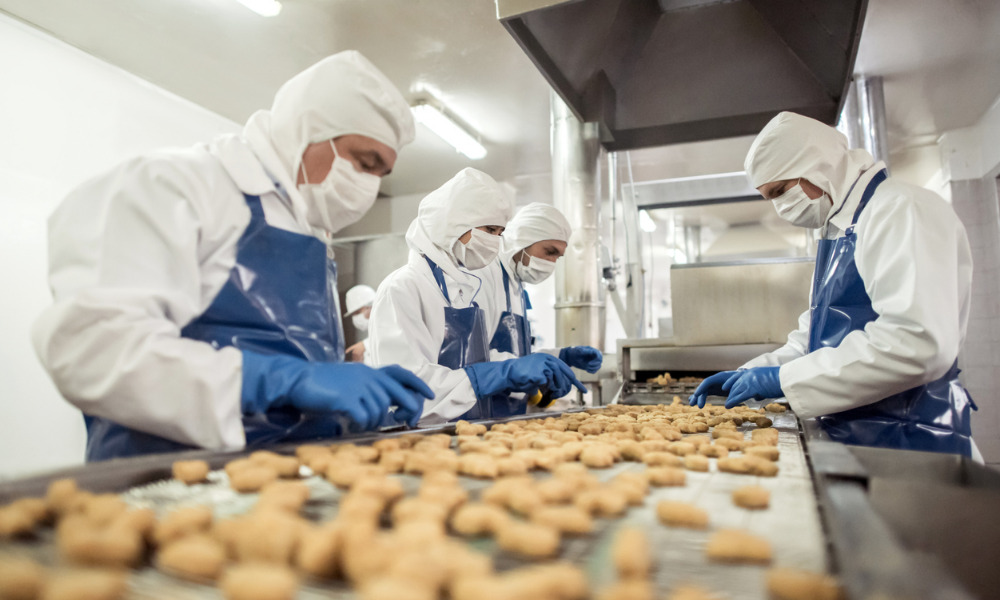
Previous studies have found that poor personal hygiene could be a potential source of infections and may serve as a reservoir of genes for antimicrobial. A total of 294 (72.6%) FHs had >1 year of experience in the food service industry. Of these, 152 (51.7%), 76 (25.9%) and 66 (22.5%) had been working for 1-5, >5-10 and >10 years.
Personal Hygiene for Food Handlers FoodSafePal

Constituent Update. October 7, 2020. The U.S. Food and Drug Administration (FDA) has released an updated version of the Employee Health and Personal Hygiene Handbook for retail food managers and.
42 best images about Food Safety on Pinterest Hands, Keys and Color codes

It is imperative for the food industry to reinforce personal hygiene measures and provide refresher training on food hygiene principles. 2. to eliminate or reduce the risk of food surfaces and food packaging materials becoming contaminated with the virus from food workers. Personal protective equipment (PPE), such as masks and gloves, can
Personal Hygiene for Food Handlers
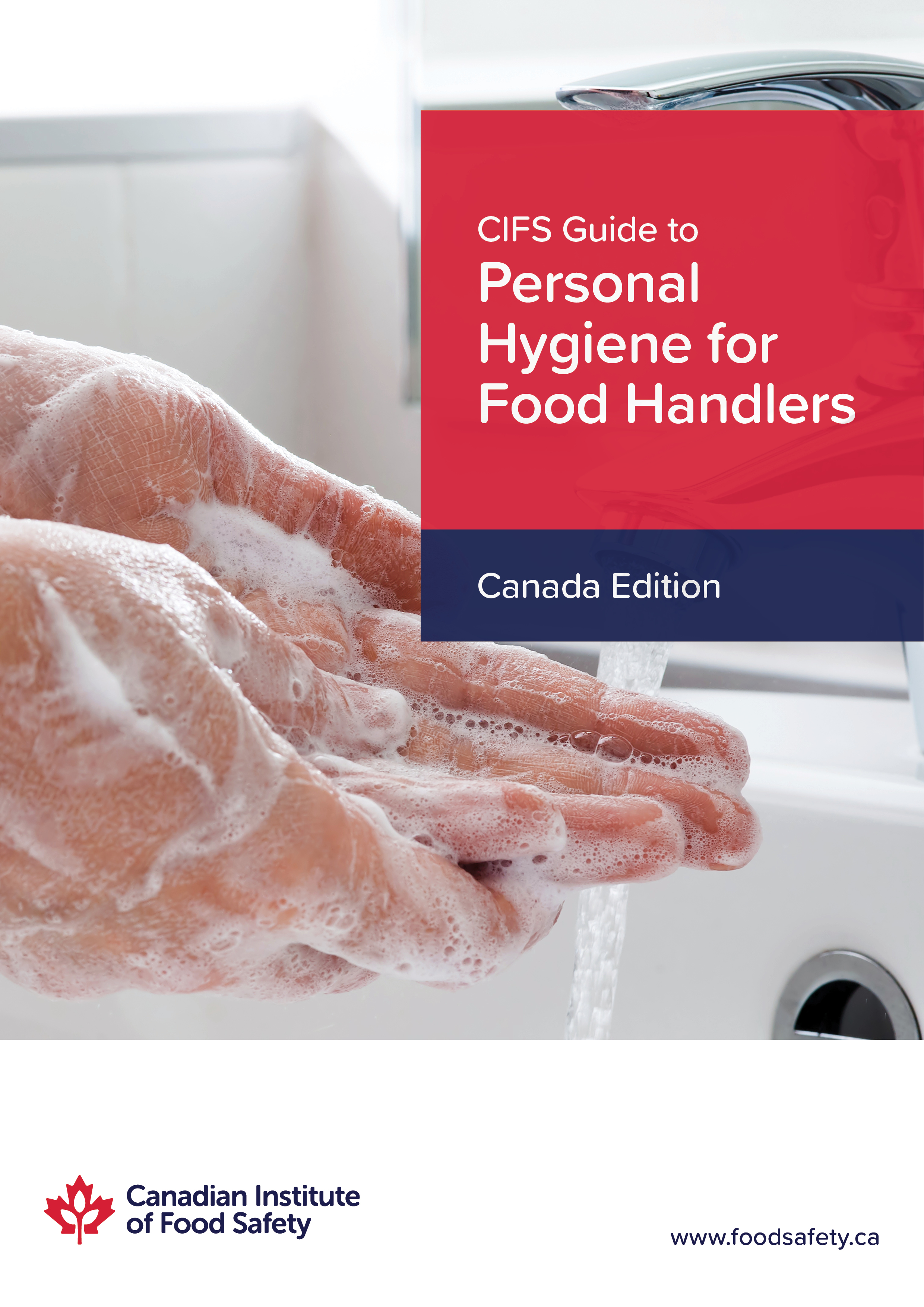
Personal hygiene is (or should be) an integral part of the food quality and safety for each and every food processor. In the United States, Current Good Manufacturing Practices in Manufacturing, Packing or Holding Human Food (better known as cGMPs) found in 21 CFR Part 110:10 includes a section entitled "Personnel." The elements within this section may be found in "Personnel,", and.
(PDF) Importance of personal hygiene in the food plant

never smoke, chew gum, spit, change a baby's nappy or eat in a food handling or food storage area. never cough or sneeze over food, or where food is being prepared or stored. wear clean protective clothing, such as an apron. keep your spare clothes and other personal items (including mobile phones) away from where food is stored and prepared.
Food Hygiene Notice
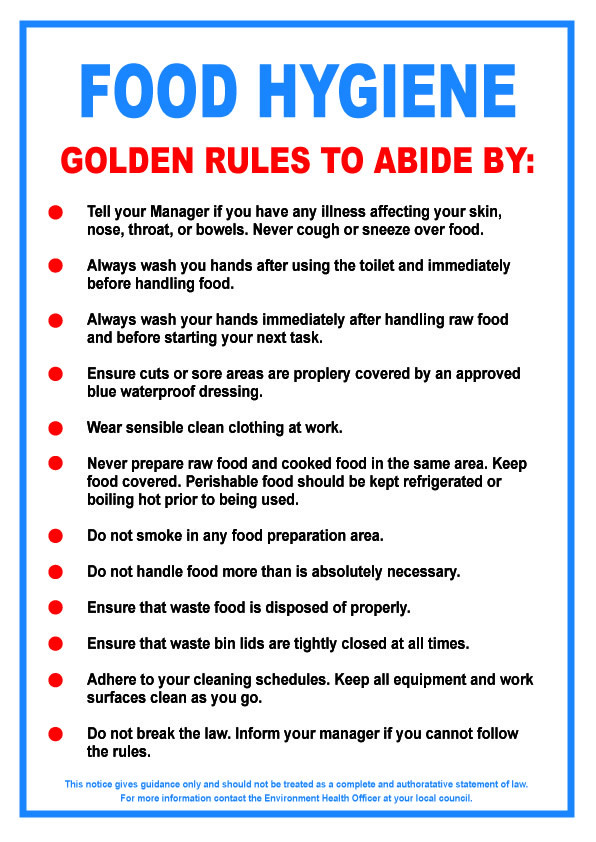
Here are some general personal hygiene tips to start implementing today. 1. Wash Your Hands-We Can't Say It Enough! Washing your hands is perhaps the most critical step in preventing the spread of germs while working in the food industry. Before touching. any food or utensils, you should wash your hands.
PPT BASIC INTRODUCTION TO FOOD HYGIENE PowerPoint Presentation, free download ID443658
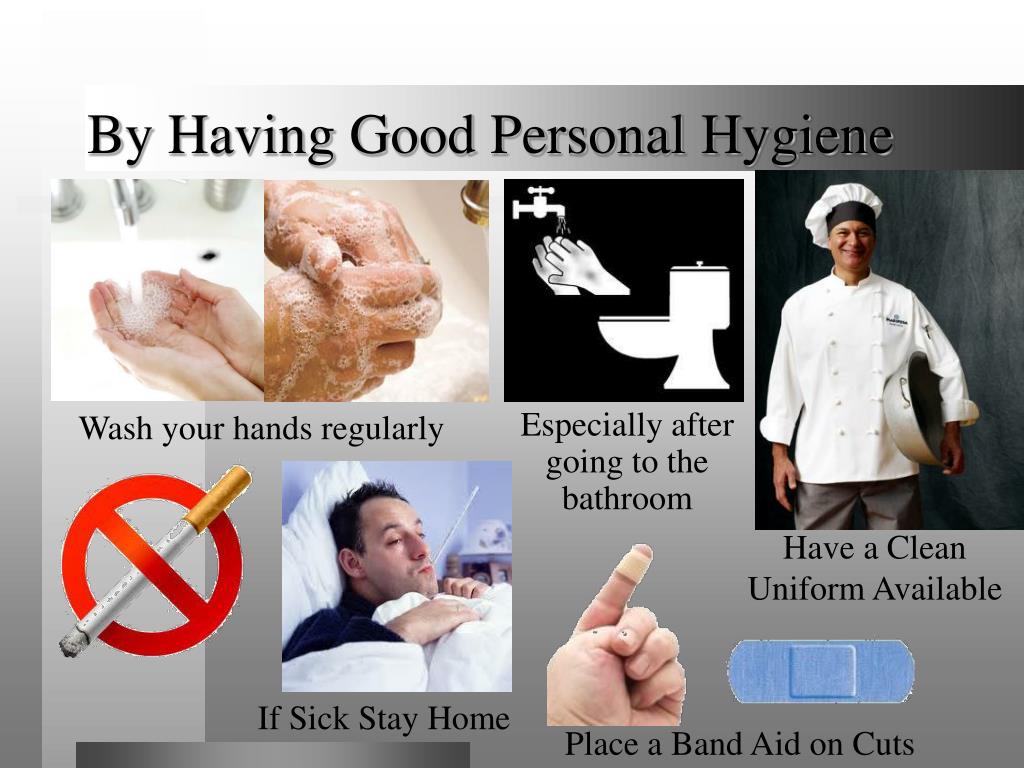
Here are seven basic hygiene practices that should be followed while at your establishment: 1. Have a clean uniform. The goal is simple: bring as few pathogens as possible to work. Your uniform could contain a variety of pathogens, especially when it is dirty. Wash it often and wear a clean uniform each shift.
Top Restaurant & Chef Hygiene Tips 2020
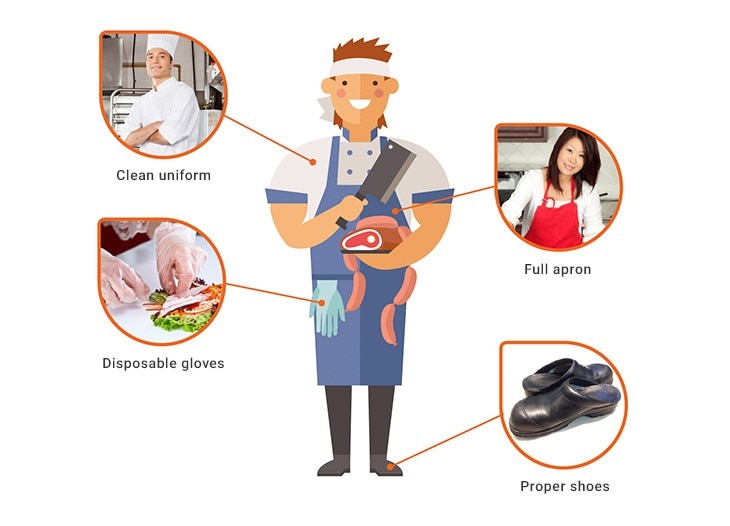
When visiting a new restaurant or a food retail store, an employee's personal hygiene has a great influence on the perception of the stores cleanliness as a whole. Businesses in the food industry should always strive to avoid any issues related to personal hygiene. Programs and training must be in place to improve personal hygiene, which.
SFA Safe Food Practices & Guidelines
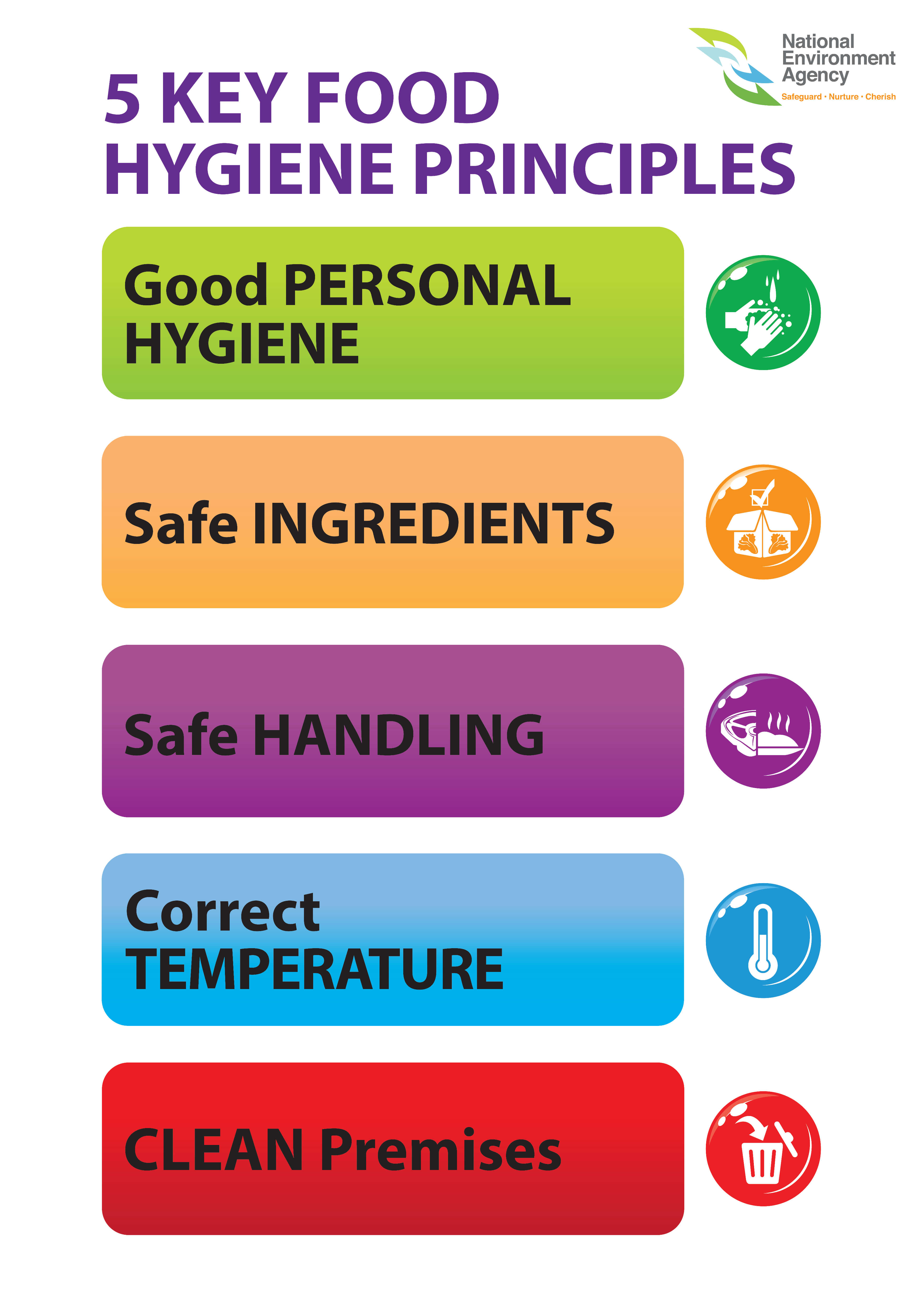
food hygiene. hand washing. 12.1. Introduction: definition of personal hygiene. People who work around open food may contaminate the food or surfaces that the food may come into contact with. Personnel are both reservoirs and vectors of microorganisms and can act as a source of microbial contamination to food products.
Why Is Personal Hygiene Important In Food Industry?

2. Personal Hygiene in Food Production: Presentation Objectives The objectives of the presentation are: - To provide an overview of the topic "Personal Hygiene in Food Production" as covered in the FAO GHP Toolbox. - To make trainers aware of how food handlers may contaminate food. - To enable trainers to identify potentially hazardous contamination paths in the industries that they.
Hygiene Zone 101 Core Steps in Food Processing Hygiene Zones
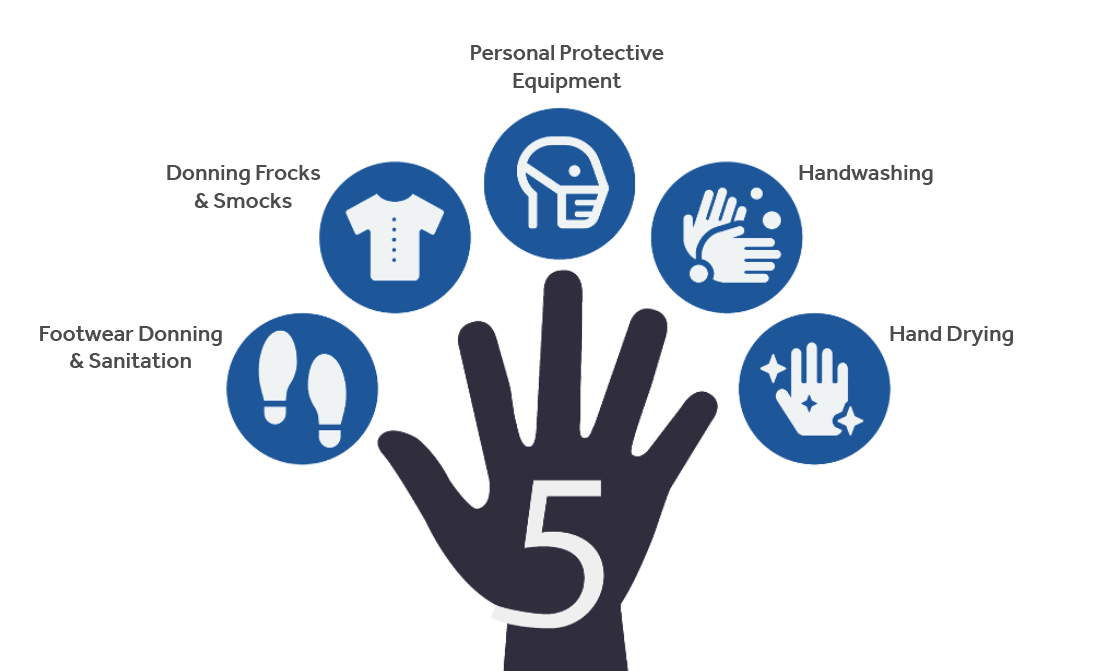
To keep food safe, every person working in a food-handling area must maintain a high level of personal hygiene. They must wear clothing that is: suitable. clean. protective. When preparing or handling food they should: keep hair tied back and wear a suitable head covering, e.g. hat or hair net.
.